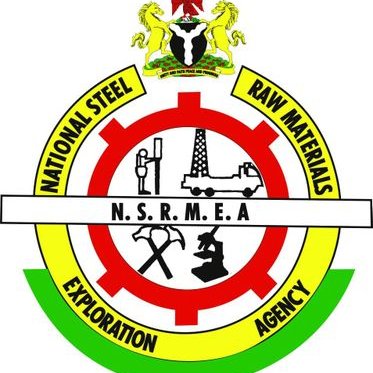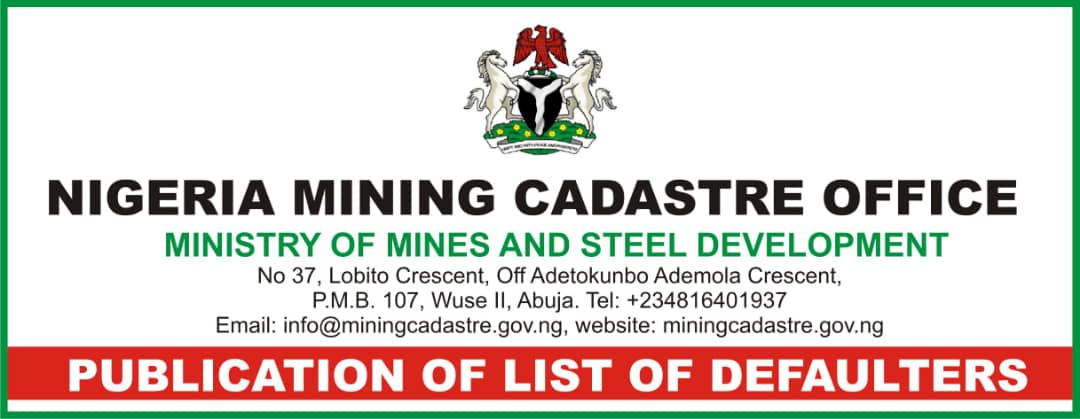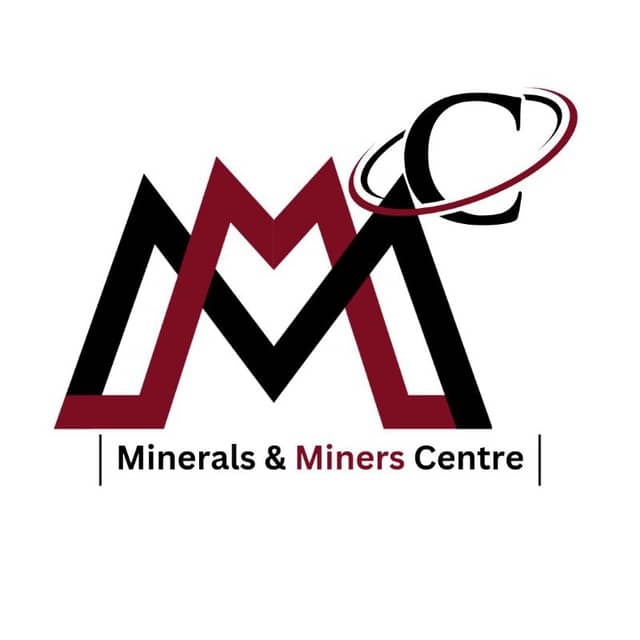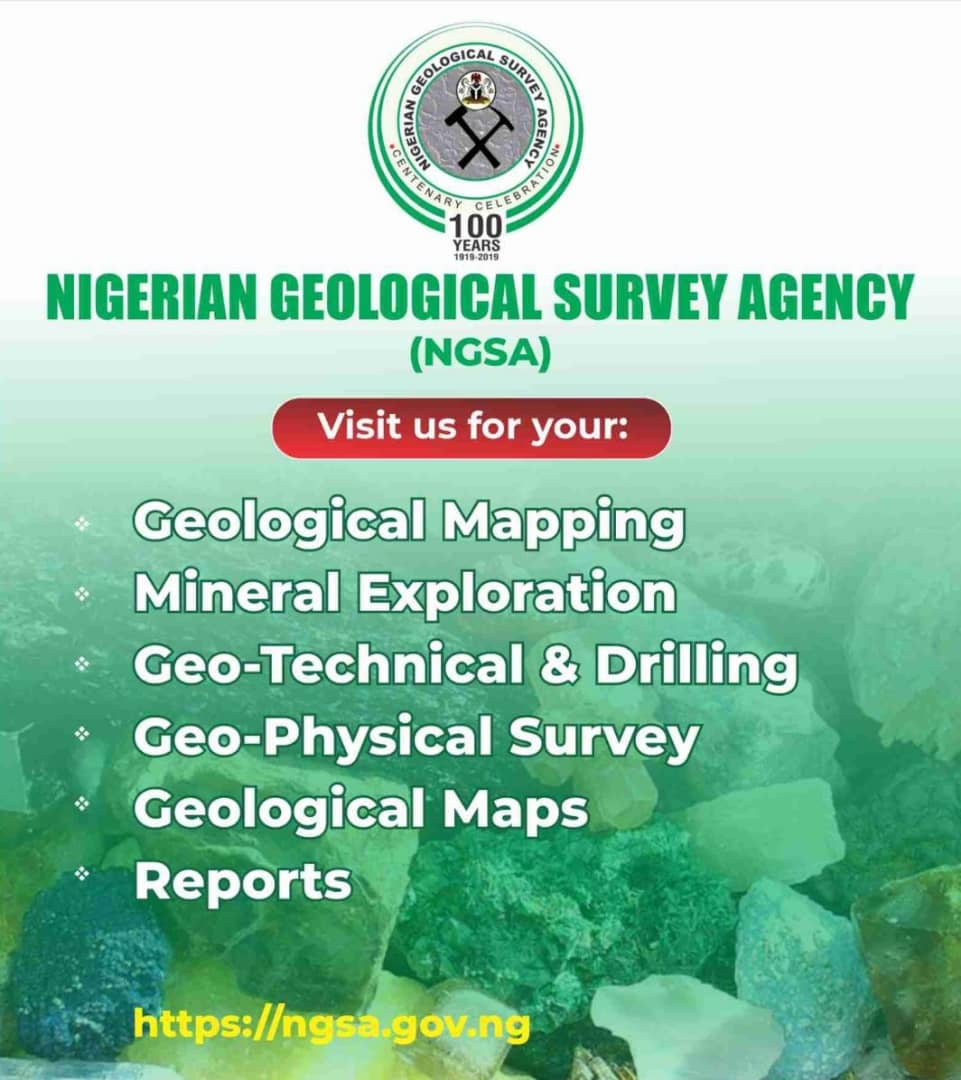- ‘It will save Nigeria huge exploration cost and time,’ says Remote Sensing Specialist, Neil Pendock

By Francis Kadiri, Abuja.
As part of efforts to de-risk the Nigerian mining sector and ensure the application of more efficient methods for generation of geosciences data, the Solid Minerals Development Fund (SMDF) on Thursday, kick started the training of geologists, mining engineers and other technical persons on Remote Sensing Imagery for geological application.
Remote sensing is the science of obtaining information about objects or areas from a distance, typically from aircraft or satellites.
Remote Sensing Specialist and Lead Resource Person at the training session, Neil Pendock discussed the significance of the training for the Nigerian solid minerals sector, saying that it would lead to the provision of high quality geosciences data needed to make Nigeria a global destination of mining investment.
While saying that the training and technical demonstrations will equip participants with ample knowledge on remote sensing technology, the resource fellow pointed out that the technology is a cost-saving measure which has being in use by the world’s best known mining nations like Australia, Canada and South Africa, adding that Nigeria has so much to gain by considering the technology.
He said in addition to saving exploration cost, Remote Sensing Imagery will also save time compared to the length of time needed when regular exploration methods are used.
‘It will place Nigeria at great advantage as it will save the country huge costs in mineral exploration,’ he said, adding the remote sensing technology would also place Nigeria at an advantage of time.
While saying that Remote Sensing Imagery is a more efficient method of mineral exploration, Pendock, who has spent over 40 years in remote sensing practice assured that it can be used to address Nigeria’s illegal mining challenges, saying that it could remotely pick activity images via satellite.
THE TRUTH reports that through remote sensing, the satellite images of quarries can be picked and analyzed to determine the legality or otherwise of the activities going on in quarries. This will be a paradigm shift for Nigeria in the quest to combat illegal mining.
Discussing how it could further amplify Nigeria’s strategic profile as a country highly endowed with lithium and other critical minerals, he pointed out that Remote Sensing can facilitate Nigeria’s profile as a mineral rich nation by saving the time needed to provide high quality geosciences data.
According to the expert, Nigeria’s political stability places the country at an advantage for foreign investment as it endears it to investors, adding that the country needs Remote Sensing Imagery to save time in providing high quality data needed to drive foreign direct investment to the sector.
He said the technology is designed to help identify high quality geosciences data.
Head, Mineral Exploration Department, SMDF, Mr. Kefas Malgwi, who agreed with Pendock that the training is strategic to achieving government’s quest to generate high quality geosciences data, stated: ‘We want to see how we can improve on Nigeria’s exploration data in order to discover what we should discover for more investors to come into the country,’ adding that Remote Sensing Imagery will strategically reposition the country’s data generation system while also addressing some other challenges.
Malgwi further discussed the strategic importance of remote sensing imagery for Nigeria, saying that it includes a filtration process that analyzes information, saying that the technology will enhance the value of data that will be available to investors, thereby facilitating Foreign Direct Investment (FDI) in mining, and the realization of set goals for the sector.
Essentially, the workshop involves the demonstration of some remote sensing imagery for geological applications. The participants are expected to learn from the various uses of the respective applications.
The training, which is a hands-on affair, started with downloading satellite imagery, atmospheric correction, spectral unmixing and interpretation. There will be opportunities to process imagery over areas of interest to participants.
There are five systems to be covered. These include ALOS-1 AVNIR-2 ultraviolet which is useful for mapping fluorite, calcite, zircon and K-feldspar; Sentinel-2 VNIR and SWIR, useful for mapping sulfides, alteration, exploration targets and gasses at high spatial resolution; also monitoring artisanal mining activity.
Participants are also expected to observe the demonstration and use of Aster VNIR and SWIR which is useful for mapping lithologies, alteration zones and structure as well as Aster LWIR used for thermal emissivities and for mapping geology undercover.
They will also observe and learn how PALSAR synthetic aperture radar [SAR] is applied in mapping surface conductivities and structure.









